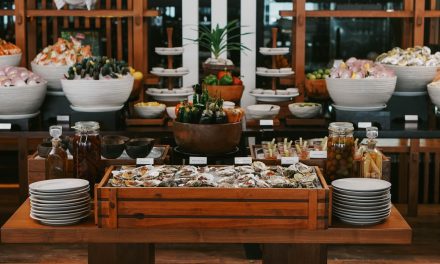When I first set foot in Kuta, Bali, the vibrant energy of the island engulfed me. Beyond the wave-crashing beaches and bustling nightlife, I discovered a world rich in culture and traditions. In this article, I’m excited to share my personal anecdotes and unique insights about Kuta cultural experiences that truly illuminate the beautiful customs of the Balinese people.
The Enchantment of Balinese Offerings
One of my first encounters with Balinese culture was witnessing the mesmerizing ritual of canang sari – the daily offerings made to the gods. Early one morning, I saw a local woman meticulously crafting these small, colorful offerings from palm leaves, flowers, and rice. As I watched her work, she invited me to join in.
“Just like life,” she smiled, “we must offer the best of what we have.”
I learned to create my own canang while she shared stories about the significance of each item. The flowers symbolize beauty, the rice represents sustenance, and the incense embodies prayers ascending to the heavens. This experience taught me not only about Balinese spiritual practices but also the importance of gratitude. If you ever find yourself in Kuta, try to participate in this tradition. You’ll leave with more than just a souvenir—you’ll gain a deeper appreciation for the island’s spirituality.
The Traditional Balinese Dance
No visit to Kuta would be complete without experiencing a traditional Balinese dance. I had a chance to attend a performance at a local temple one night, and it was nothing short of magical. The way the dancers moved, their intricate hand gestures telling stories of ancient legends, captivated me. I was particularly taken by the Legong dance, which is a vibrant portrayal of a royal court.
Sitting there, I noticed how emotional the performance could be; the dancers were not just putting on a show; they were conveying sentiments and history through their body language. After the performance, I struck up a conversation with one of the dancers, who shared that she had been practicing since she was five years old. This dedication to preserving their culture is something that left a lasting impression on me. For anyone visiting Kuta, check out the local schedules—many temples offer dance performances regularly, and it’s an experience you won’t want to miss.
Cooking Classes: A Taste of Bali
One of the highlights of my Kuta cultural journey was taking a Balinese cooking class. I was a tad nervous as I stepped into the kitchen of a local family home, but my worries melted away when I was greeted with warm smiles and the enticing aroma of spices. We started by visiting the local market, where I learned about the fresh ingredients unique to Balinese dishes. My favorite moment was when I tasted sambal matah, a raw sambal made with shallots, lime, and chili—it was spicy yet refreshing!
In the kitchen, I received hands-on instruction on how to prepare
asi goreng and sate lilit. The best part? Sharing the meal with my newfound friends around their family table. Over laughter and delicious food, I gained insights into their daily lives and customs.
If you’re looking to immerse yourself in Bali’s culture, I highly recommend booking a cooking class. It’s not just about food; it’s about bonding, learning, and truly understanding the Balinese way of life.
Engaging with Local Artisans
While wandering through Kuta’s quaint streets, I stumbled upon an art workshop where local artisans were crafting beautiful batik textiles. I had a chance to watch the fascinating process of fabric dyeing and even tried my hand at it. The artisans were incredibly welcoming, sharing their stories and the significance of their craft in Balinese life.
“Art is a way for us to express ourselves,” one artisan explained as I carefully dipped my brush into the dye. It struck me how art is interwoven with cultural identity, beliefs, and community.
When in Kuta, seek out art workshops or local galleries. Engaging with artisans not only supports local craftsmanship but also enriches your understanding of Balinese culture.
Final Thoughts: A Cultural Tapestry
Kuta has so much to offer beyond its beaches and nightlife. Through engaging with the local customs—from crafting offerings to connecting with dancers, cooking with families, and appreciating art—I found a tapestry of experiences that highlighted the richness of Balinese culture. For anyone planning to visit Kuta, I encourage you to step off the beaten path. Embrace the customs and traditions that define this enchanting island. You’ll create cherished memories and gain insights that stay with you long after you leave. So grab a sarong, open your heart, and let Bali’s vibrant culture sweep you off your feet!






